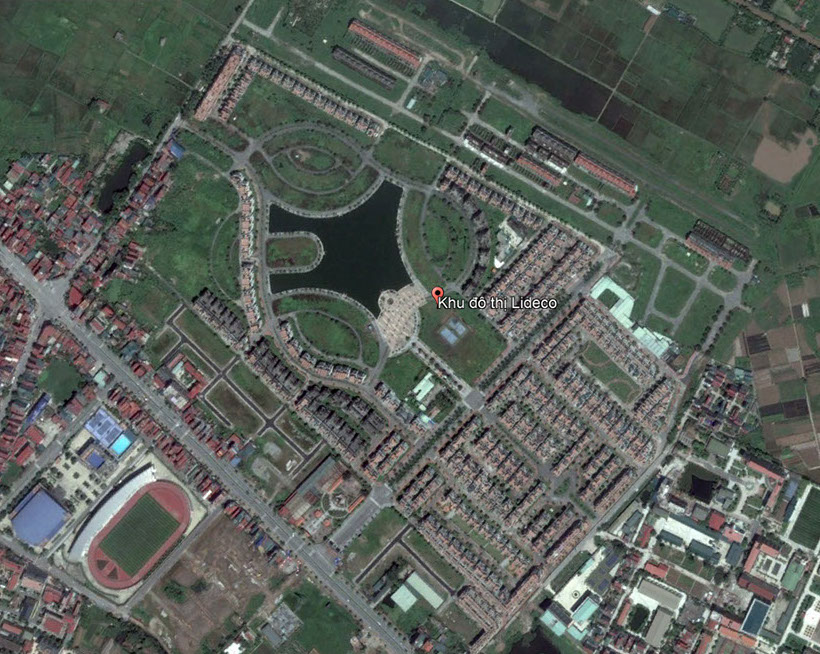
HANOI, VIETNAM
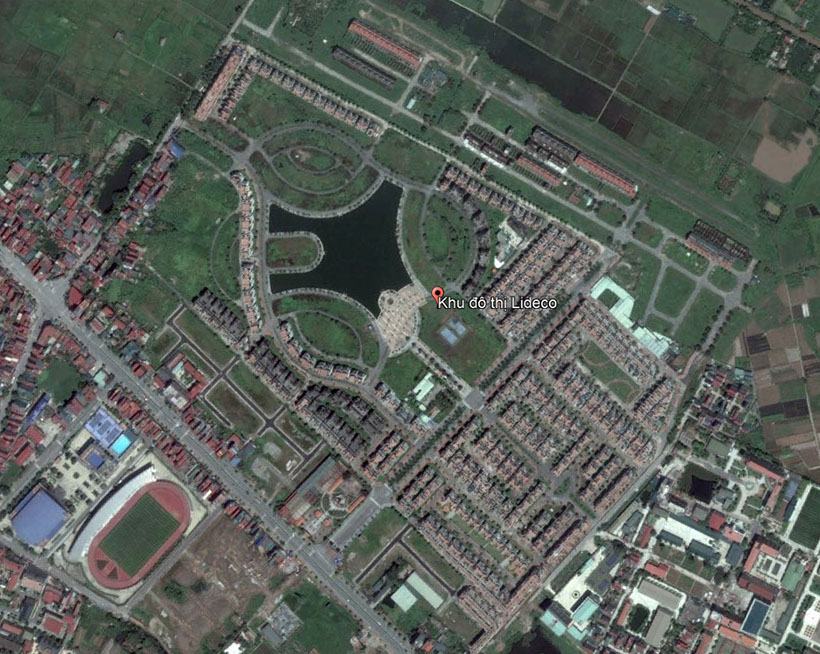
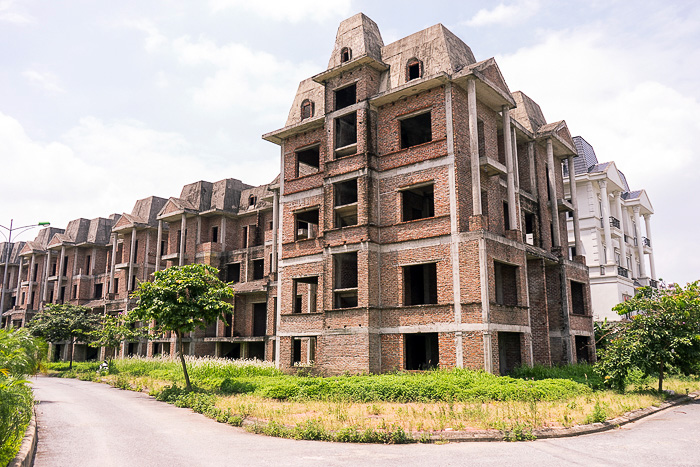
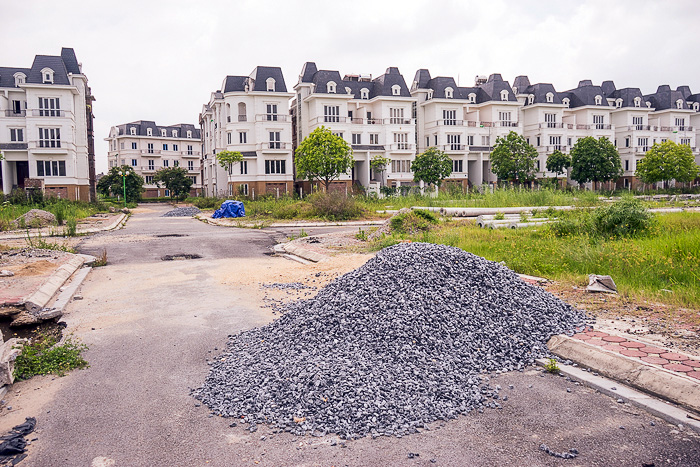
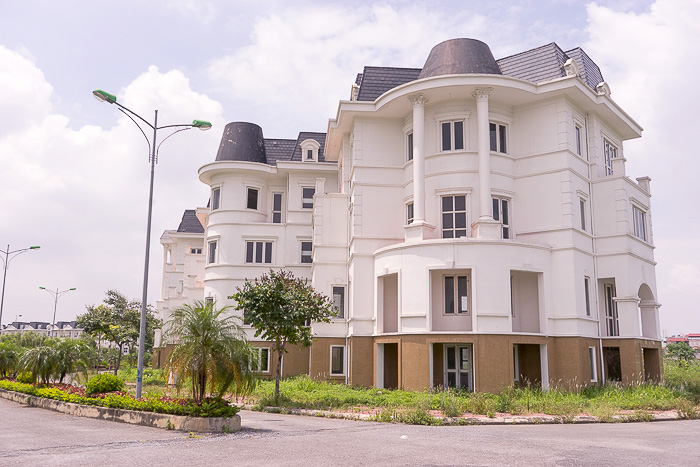
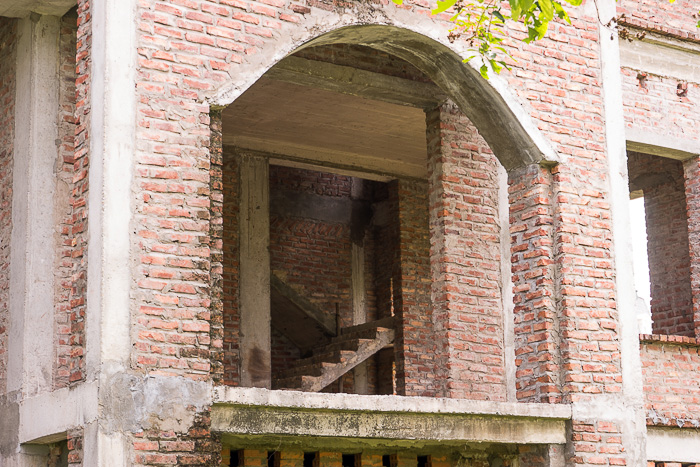
Satellite image of Lideco Bắc 32
Halted construction in Lideco Bắc 33
Halted construction in Lideco Bắc 34
Villa in Lideco Bắc 35
Unfinished construction in Lideco Bắc 36
<
1 - 5
>
PROJECT NAME
LOCATION
STATUS
HALTED YEAR
LAND SIZE
MAIN PROGRAM
PROJECTED POPULATION
ACTUAL POPULATION
SALE PERCENTAGE
AVERAGE SALE PRICE
OCCUPANCY RATE
Lideco Bắc 32
Hanoi, Vietnam
Halted
2012
0.38 sqkm
Residential
3,000 - 3,600
0
66%
US$1,000/sqm
0%
French-style villas in Tu Liem Urban Development Joint Stock Company’s Lideco project are vacant, despite being sold more than a year ago. Located 15km west of Hanoi, the Lideco complex was supposed to house ultra-wealthy families from Hanoi who were eager to escape the hectic city. When construction began in 2008, the idea was to create a place where residents could enjoy all kinds of high-life luxuries like tennis courts, shopping malls, and enormous houses. More than 600 identical homes were built in organized rows with a cookie-cutter effect reminiscent of America’s Levittown tract housing.
Construction on the more than 600 French-style villas started at the end of 2007 and finished in 2013. By the end of 2013 more than 400 had been sold, but as of now only a few buyers have actually moved in while the remaining units sit abandoned. Of these 600 homes though, less than 100 are officially occupied and more than half are unfinished.
Part of this vacancy could have also resulted from the postponed delivery time from the developer to the home owners. According to some Vietnam press, the homeowners of the properties demanded a 2% compensation for the delay, which resulted in the increased mortgage loan for the developers. This could have further exacerbated the problem of the already depleted funding on the developer’s part, subsequently leading to Tu Liem Urban Development JSC to abandon the project altogether.
Lideco Bắc 32 presents a problematic development model that can be found in many asian residential projects. These types of projects are often sold before the houses were ever constructed, meaning the properties were ever shown to the buyer through drawings, renderings and promises. While this method provides the developer with a certain amount of equity to jump start the project, often the finished product is somewhat different than what the buyer imagined. Many buyers then proceed to either demand compensation or quickly selling the property, resulting in the developer quickly losing faith in the project and subsequently abandoning it.
RELATED MEDIA COVERS
WANDER-LUSH: Exploring Lideco Urban Area - An abandoned "ghost city" in Hanoi
HANOI FOR 91 DAYS: Lideco and the high price of dreaming big
VIETNAM INVSETMENT REVIEW: Hanoi villa project a ghost town
